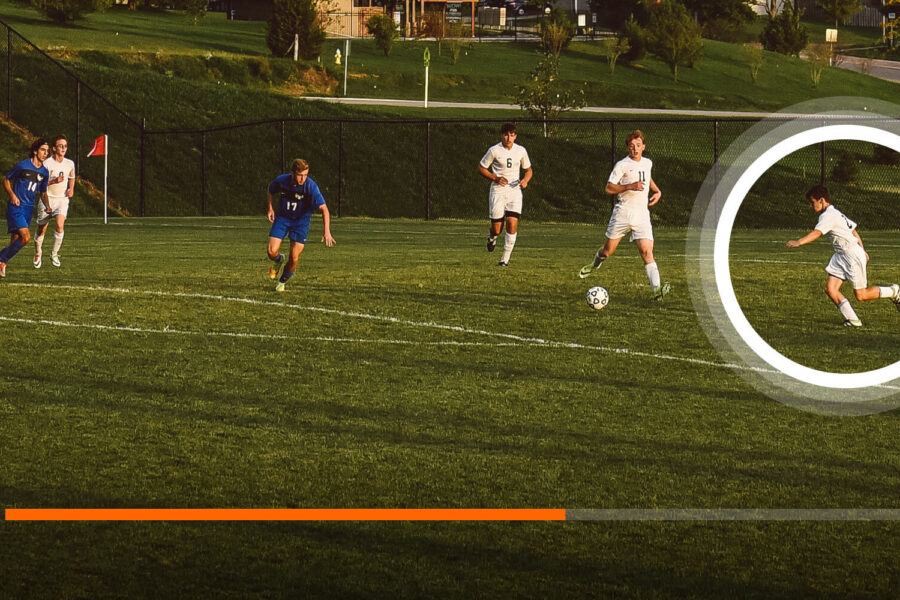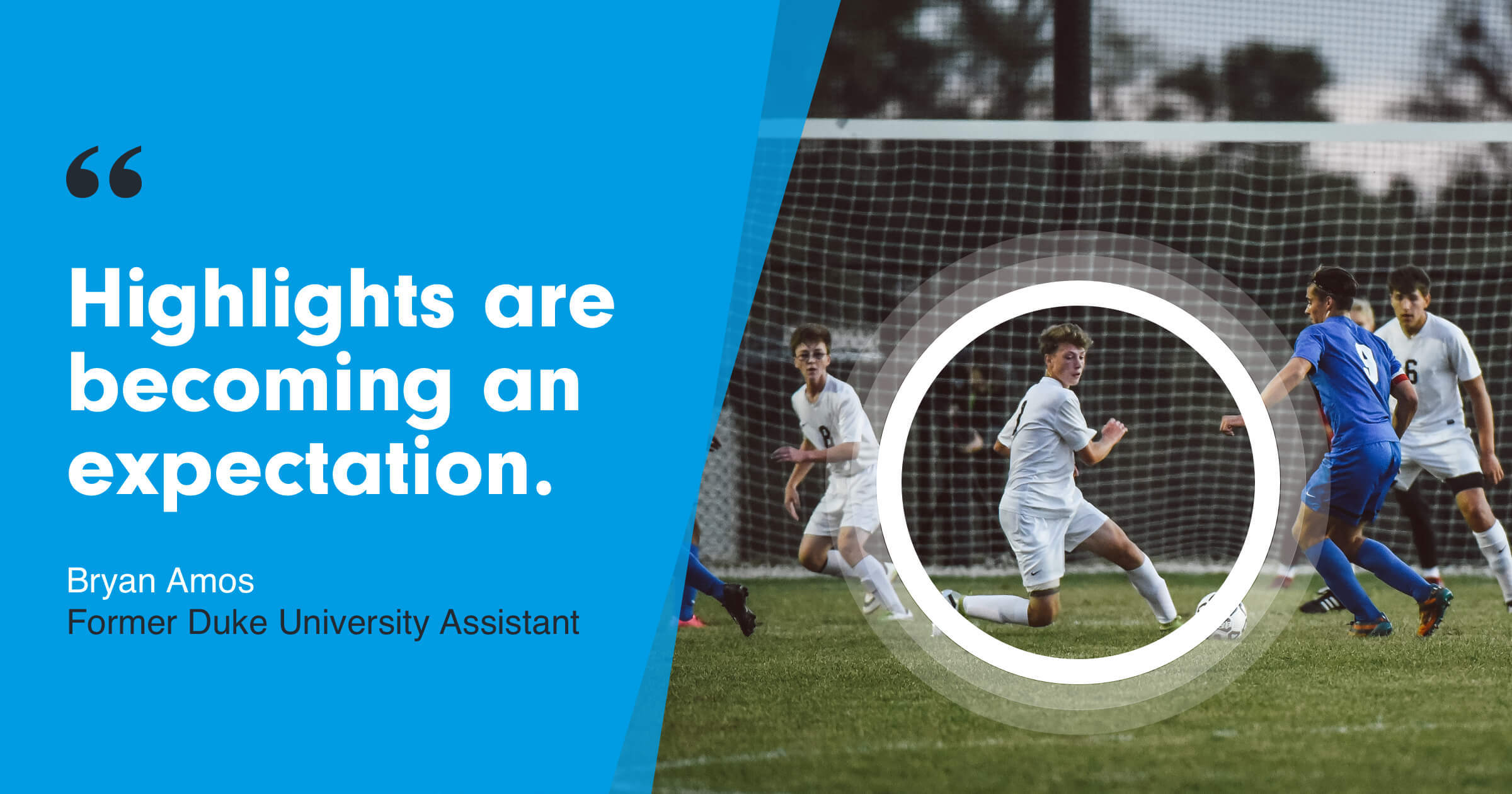Former Division I Assistant Stresses the Importance of Video in the Recruiting Process

Bryan Amos, former DI coach and Furman goalkeeper, discusses the recruiting process from a recruiter’s point of view.
The club soccer landscape can seem complex. Clubs and players alike are trying to showcase their talents to scouts who need players for the next level. What that next level looks like is different for every individual, but for the vast majority, it’s a college scholarship.
Most of that recruiting takes place at club tournaments. With so many teams and players, the setting itself can seem a bit overwhelming to a young player hoping to get noticed. “There’s so many kids to see, and there’s only so much time in the day,” said Bryan Amos, a former assistant coach and recruiter at Duke University.
We sat down with Amos to talk about the logistics of the recruiting process, what players can do before they even step onto the pitch, and what he would tell a young athlete interested in playing at the next level.
"If you’re going to email me cold, send me a video."
What does the recruiting process look like for a college staff?
For Amos and the Blue Devils, it started with identification. They used a couple different approaches, starting with word of mouth. College staffs have a network of people that provide recommendations on players. That network can be vast, simply due to the amount of contact they have with staffs across a particular region.
Another was identification via video, often received via email directly from a prospect. “I was recruiting at a time where video was starting to gain some traction, and highlights were becoming an expectation,” Amos added.
The cold email is big in the recruiting space across all sports. “If you’re going to email me cold, send me a video,” said Amos. “So at least I have some way to ground myself with the level that you play at, who you are, etc.”
That first point of contact with a college is just as critical as the first time they see you play. “You have to figure out a way to differentiate yourself, and video is a great way to do that,” said Amos. “If we saw a video that we really liked, it was, ‘Hey Bryan, you’re getting on a plane tomorrow to go see this kid live.’”
"[Hudl] is a great way for prospects to make a positive first impression with a 3-5 minute set of curated highlights."
As mentioned above, the club tournament scene can be hectic. Clubs are only playing in a few games over the course of a weekend, so getting spotted is seemingly impossible. “Sometimes you walk up to the field and they’re not playing,” said Amos. “Sometimes you walk up to the field and they’re already up 6-0 and this guy is cruising. There’s so many different factors when you’re out seeing a player live.”
If they did see a player live that really excited them, the coaches made a concerted effort to continue tracking him. That meant working with the coaches to get access to full matches. “They would send us full length DVD’s, which are great, but that’s not an efficient evaluation for us,” said Amos. "Where I see Hudl helping is that it’s a great way for prospects to make a positive first impression with a 3-5 minute set of curated highlights.
"If we like what we see, we’ll ask for more video and certainly be sure to see you play live.”
What should players highlight on film?
Skill sets vary from player to player, which makes each video unique. But highlighting athletic and technical ability should be paramount. If you can make yourself stand out on the pitch through video, recruiters will take notice.
Amos and the Duke coaches organized players based on those initial characteristics. “If we saw specific characteristics on video that were right for our program, say a central defender who was a great athlete, or a technically gifted midfielder or forward, we’d make it a point to see them live,” said Amos.

As Amos pointed out, they would go and see those players they determined were up to their caliber. After watching them play, the coaches focused on position-specific skills that would determine the next steps. “Those smaller things that really start to build out a player’s resume are things that we didn’t always get a chance to see because we didn’t always have enough access to video,” said Amos.
They looked for things like a center back’s ability to play the ball out of the back, or a midfielder's strength on the ball when being challenged. It’s crucial for players to not only showcase technical and athletic ability, but also the position-specific strengths they have as a player.
If you have an attacking midfielder with great vision in the final third, make sure he or she shows those key passes that unlocked a defense in their highlight. “Show them, 'This is what I can do, these are the skills that I have, this is how I’m going to help your program,'” said Amos.
"Coaches love talking to prospects to help them find opportunities to play at the next level."